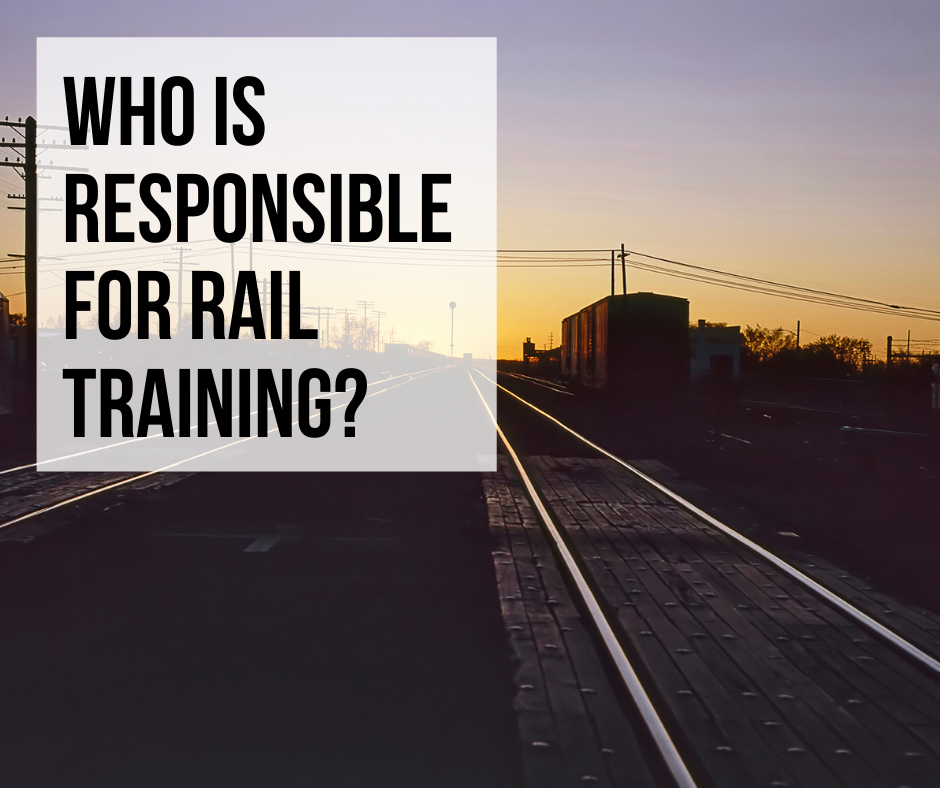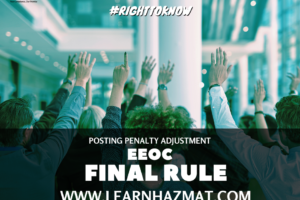Who’s Responsible For Rail Training and Reviews?
Rail Safety Training and Reviews
Why am I, as a private rail shipper, responsible for providing rail safety training to my employees?
If you have employees who operate mobile railcar movers or locomotives within your facility you are required to train your employees on the operation of that equipment, and to follow all manufacturer recommendations for safe operation of the equipment.

OSHA enforces the Occupational Safety and Health Act’s general duty clause (Section 5(a)(1)) requiring each employee a place of employment free from recognized hazards likely to cause death or serious harm. Observed hazardous circumstances occurring during in-plant railcar mover or locomotive activities require corrective action by the employer, thereby eliminating further employee exposure. Corrective actions may include: (1) effective remote sensors mounted on the mover or locomotive and installed to shut down the system should an obstruction appear on or along the tracks, or (2) the use of a safety observer in addition to the operator, or (3) the absolute prohibition of locomotive operations in occupied areas. In-plant switching operations commonly utilize a safety observer or “conductor” to provide an additional “eyes-on” measure of safety; although, this then requires the conductor to be trained on the proper safety requirements involved with coupling, switching and operation of rail equipment.
Engineers and conductors are responsible for the safe movement of trains. Conductors are held responsible and in-charge of other crew members and their duties since they organize the work or switching activities along a railroad route.
Who must be trained?
Each employee who operates a mobile railcar mover or locomotive and each employee who acts as a conductor directing the operation of a mobile railcar mover or locomotive or performing coupling and uncoupling operations between railcars must be trained in proper procedures and rail safety.
What should my employees be trained on?
Each facility should develop and maintain a General Rail Operating Procedure. The procedure should outline the rules for how each type of heavy rail equipment must be operated within the fence line. At a minimum it should state the requirements for communications, when and the number of tool box meetings to be held, speed limit restrictions, road and walkway crossings and training. In addition it should include how an employee will enter the “red zone” when coupling/uncoupling railcars and air hoses. Train engineers should be trained on the operation and maintenance of the equipment as well as the General Rail Operating Procedure.
The number one tool for rail safety is communication!
Schedule a free phone consultation today to discuss your training responsibilities!




